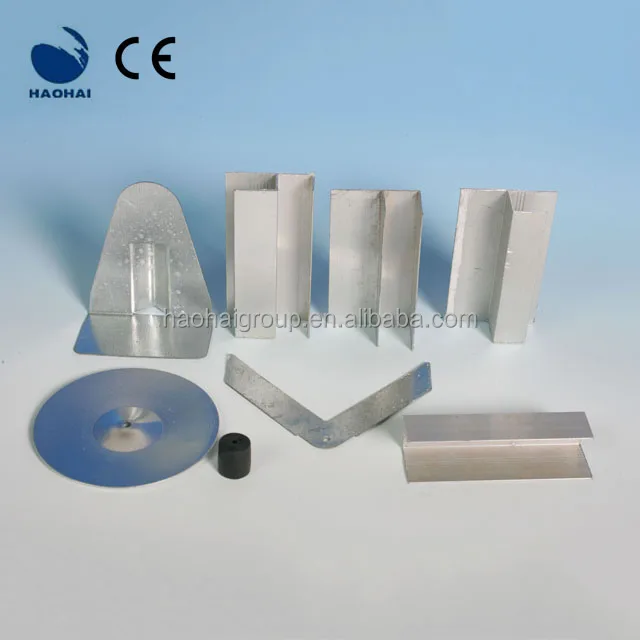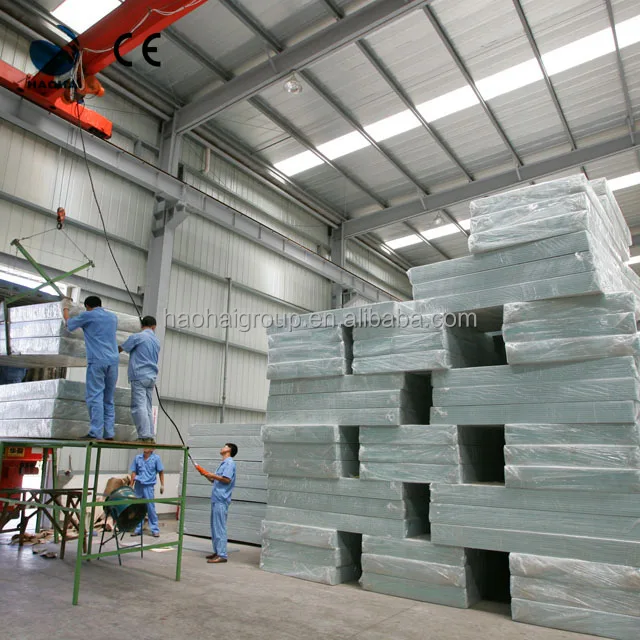כשמדובר בשמירה על חום בבית בחורף ועל רעננות בקיץ, בידול הוא רכיב מפתח. בידול שומר על החום בתוך הבית בחורף ומונע את חדירתו בקיץ, מה שעושה את בתי המגורים שלנו נוחים יותר ויעילים מבחינת צריכה אנרגטית. בידול PIR הוא סוג בידול המפורסם באיכותו הגבוהה. אך מהו בעצם בידול PIR ואיך הוא פועל?
בידול PIR הוא בידול ספוגי שמיוצר מפולי איזוקיאנורט. סוג הספוג הזה ידוע בכך שהוא מתנגד לחום, כלומר הוא מונע מהחום להימלט מהבניין או להיכנס אליו. במונחים פשוטים, בידול PIR מונע מהבית שלך לאבד חום או להתחמם, ובכך תחסכו בفاتור החשמל.
בידוד PIR מציע ערך R בין 5.6 ל-6.5 לאינץ', מה שגבוה בהרבה מיתדות הבידוד האחרות. זה תורם לשימור חום או פיזור חום יציב, בהתאם לשימוש שלך – לה calת חלל או קירורו. על ידי התקנת בידוד PIR בבית, תוכלו להנות מבית יעיל יותר מבחינה אנרגטית ולחסוך בדמי החשמל.
בידוד PIR לבית - כשמדובר בביצועים תרמיים בבית, בידוד PIR הוא הפתרון המומלץ. עם ערך R ומדד התנגדות תרמית שאין כדוגמתו, בידוד PIR שלנו יכול לעזור לכם לשלוט בביצועים התרמיים, ללא תלות בסוג הבניין שעימו אתם עובדים.

בידוד Pir ישמור על ביתכם חם במהלך החורף וקריר בקיץ, על ידי התקנה בקירות, רצפות ותקרות שלכם. זה עושה יותר מאשר רק להפוך את הבית לנוח יותר עבורכם ועבור המשפחה שלכם, זה גם מקטין את פußל הפחמן של הבית מכיוון שהוא צורך פחות אנרגיה לחימום וקירור של המרחב.

ישנם רבים יתרונות לשימוש בבדיד Pir בבית וההכרחי ביותר הוא חיסכון באנרגיה וחיסכון כלכלי שאתה יכול לבצע. מאחר שבידוד Pir בעל ערך R כה גבוה, הוא גם טוב מאוד בהתנגדות לאובדן ולקבלת חום. וזה אומר שהבית שלך יזדקקו פחות חימום בחורף ופחות קירור בקיץ, ובסופו של דבר יקטין את חשבונות האנרגיה שלך.

לדוגמה, בידול סיבי זכוכית מציע בדרך כלל ערך R בין 2.2 ל-2.7 לאינץ' ובידול סלולוזה נע בין 3.2 ל-3.8 לאינץ'. בנקודת ההשוואה, בידול PIR מציע ערך R של 5.6 עד 6.5 לאינץ', מה שמסמן רמת יעילות גבוהה בהרבה לצורך חיסכון באנרגיה או נוחות בבית.